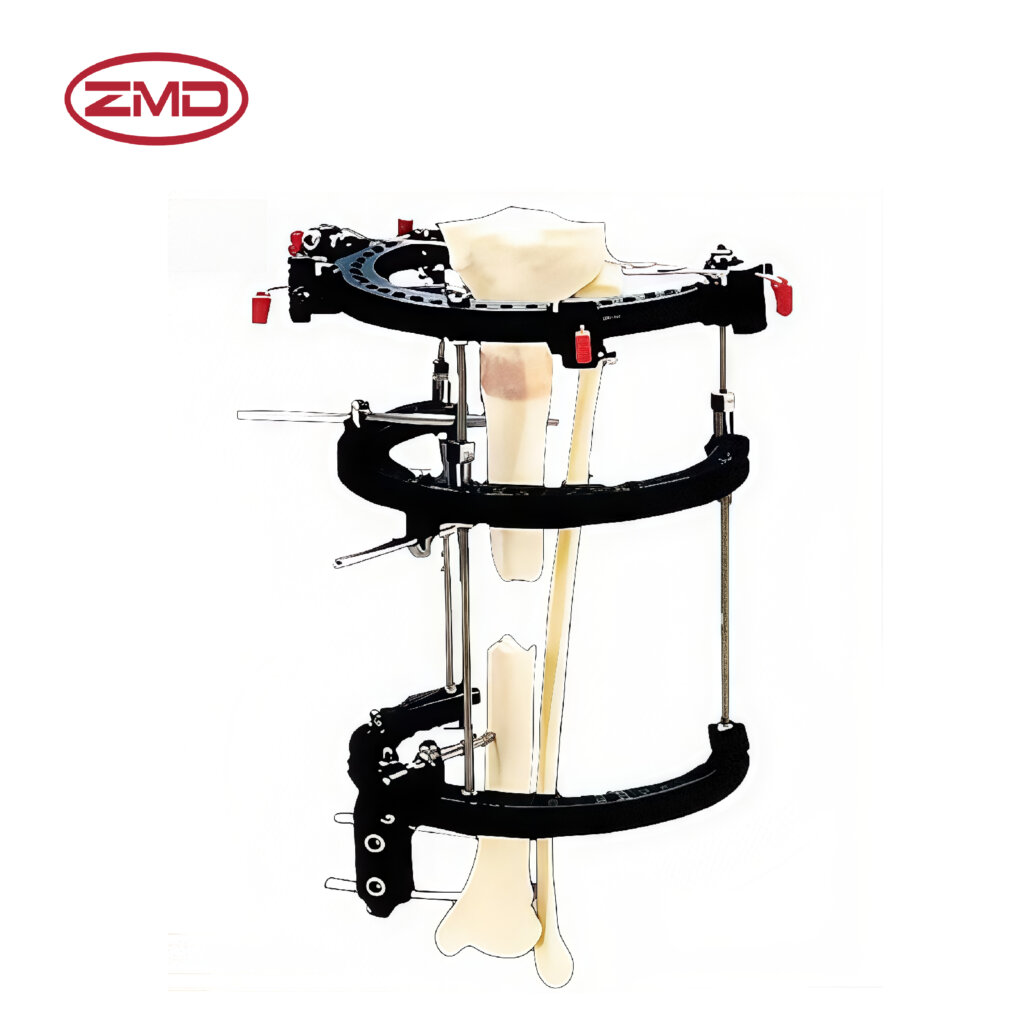
- Home
- About Us
- Products
- Trauma Internal Fixation System
- Spinal Internal Fixation System
- External Fixation
- Artificial Implants System
- Sports Medicine
- Power tools
- VSD System
- Instruments
- Medical supplies
- Blog
- Personnel Profile
- Contact Us
Phone line
| CODE | PRODUCTION | DESCRIPTION | MATERIAL |
| ZJ112 | Threaded Wires | 2mm | S.S |
| ZJ113 | Threaded Wires | 1.6mm | S.S |
Pennig Threaded Wires are usually made of high - quality metals that are biocompatible. These metals are carefully selected to ensure that the body's immune system doesn't reject them and that they can remain in the body without causing harmful chemical reactions. Biocompatibility is crucial as the wires are in direct contact with the bone tissue over an extended period
The wires are inserted into the bone during surgical procedures by trained medical professionals, such as orthopedic surgeons. The insertion process requires precision and skill to ensure that the wires are placed correctly in the bone to provide the necessary fixation and support. The surgeon uses specialized surgical tools to guide the wires into the bone at the appropriate angles and depths
They are suitable for many fracture cases, especially those where a firm grip and stable fixation are needed. However, they may not be appropriate for every situation. For example, in some complex fractures with extensive bone loss or severe comminution (the bone is broken into many pieces), other fixation methods or a combination of methods might be more suitable
In some cases, they can be removed once the bone has healed. The decision to remove the wires depends on various factors such as the type of injury, the location of the wires, and the overall progress of the healing process. The removal process also requires a surgical procedure to ensure that it is done safely and without causing harm to the newly healed bone.
The healing time varies depending on the severity of the injury. Minor fractures may heal relatively quickly, perhaps within a few weeks to a couple of months, while more severe fractures can take several months or even longer. The presence of the wires helps to maintain the correct alignment of the bone fragments, which is essential for the healing process to occur properly
There may be some discomfort initially, but it can be managed with proper pain medications. The discomfort can arise from the surgical insertion of the wires, as well as the presence of the wires in the bone. As the body adjusts to the wires and the healing process progresses, the discomfort usually decreases
Yes, they can often be used in conjunction with other fixation methods. For example, in complex orthopedic cases, the Pennig Threaded Wires might be used along with plates, screws, or external fixators to provide more comprehensive fixation and support for the bone.
Possible risks include infection and improper placement. Infection can occur at the site where the wires are inserted into the bone, and improper placement can lead to ineffective fixation or damage to surrounding tissues. However, these risks can be minimized through proper surgical techniques and post - operative care
They are designed to be strong enough to hold the bone in place during the healing process. The strength of the wires is carefully calibrated to withstand the forces exerted on the bone during normal body movements and activities, ensuring that the bone fragments remain in the correct position for proper healing
Their use in pediatric cases depends on the specific situation and the advice of a specialist. Pediatric bones are still growing and have different characteristics compared to adult bones. The decision to use Pennig Threaded Wires in children takes into account factors such as the child's age, the type of injury, and the potential impact on bone growth
Oh yeah! I have to mention their payment options and discount offers, which are awesome! Those payment methods are as flexible as moving water and can be chosen freely according to our cash flow situation. And the frequent discounts, like a timely rain, have been moisturizing our financial statements time and again, and have had a rocket-like positive impact on our profits! With ZMD, I feel relaxed and at ease when it comes to purchasing!
Send us a message if you have any questions or request a quote. Our experts will give you a reply within 24 hours and help you select the right valve you want.
Book Now
If you are looking for professional orthopedic medical product solutions, don’t hesitate to contact us now!

We are an integrated manufacturer specializing in orthopedic medical industry, providing high quality and reliable orthopedic medical products to customers worldwide.
Copyright © 2024 ASK Project